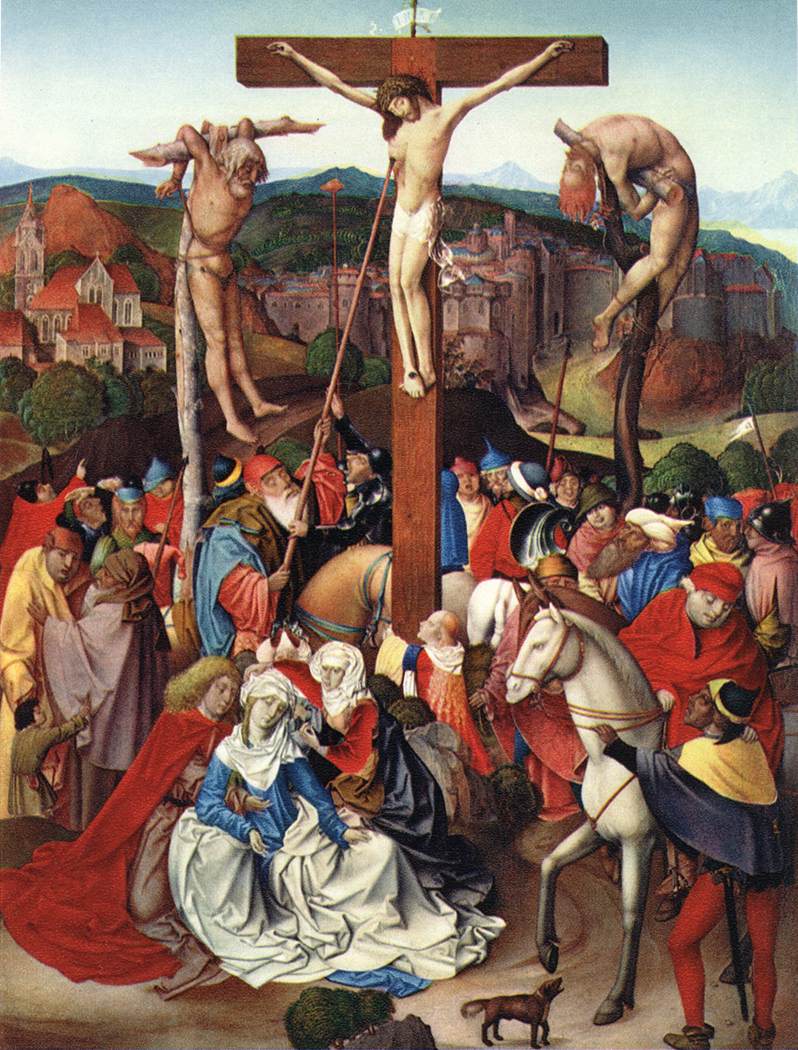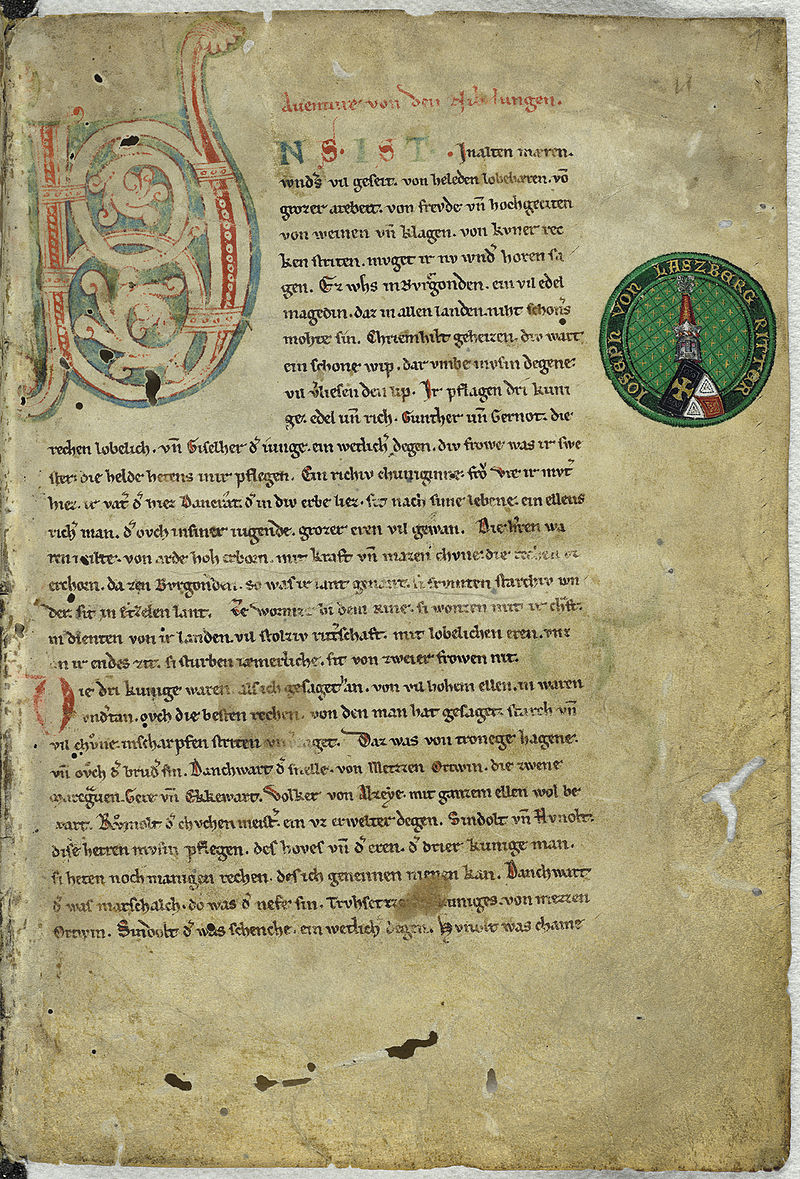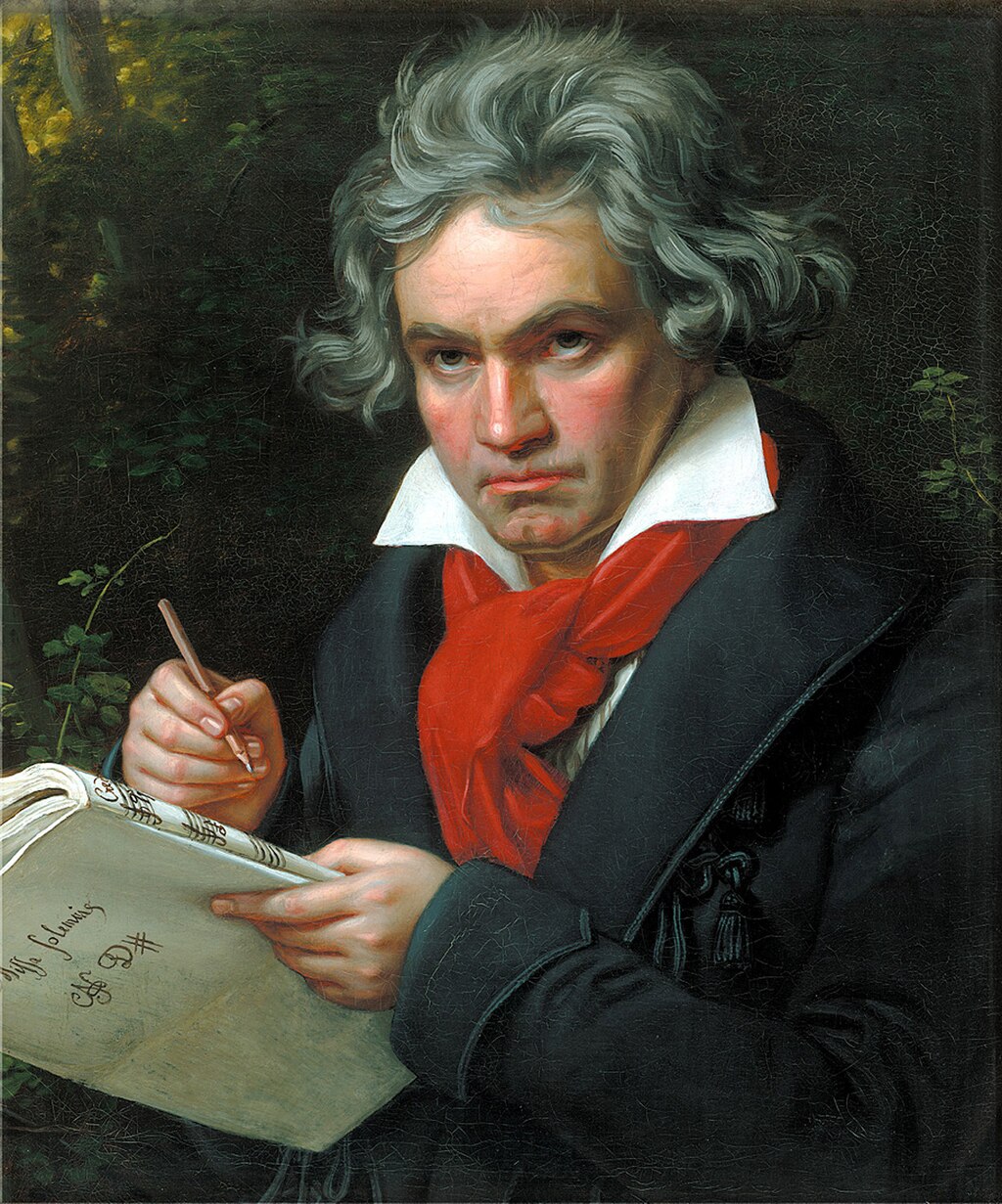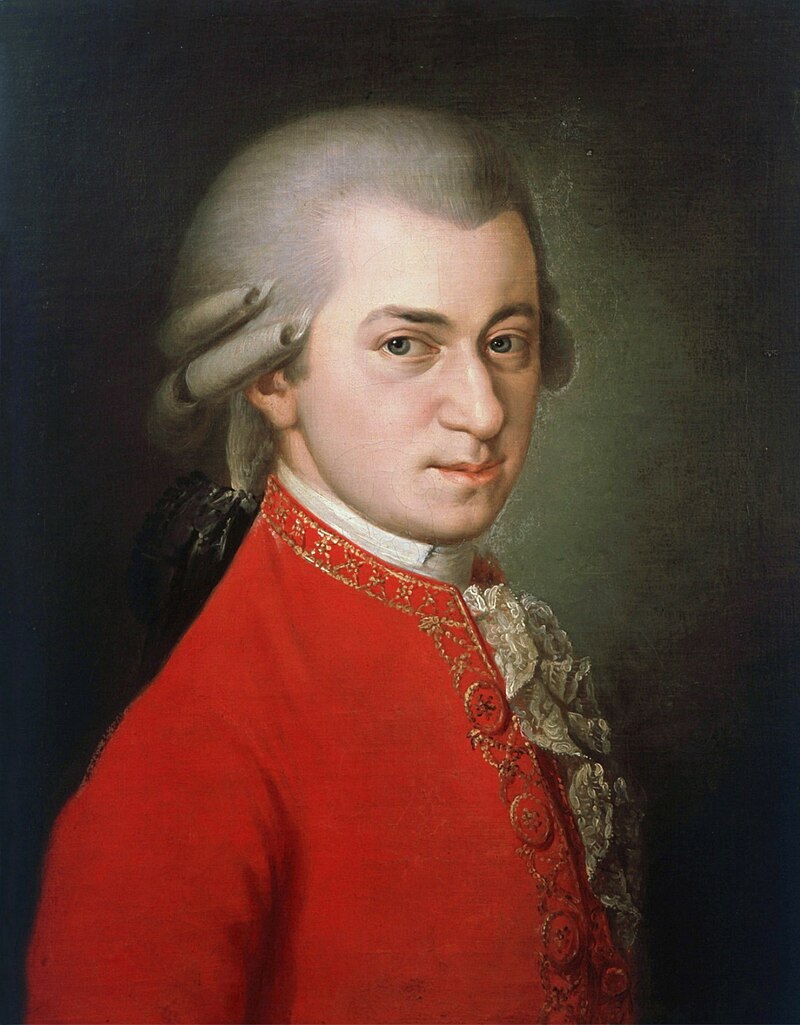
Dürer, Cranach i Holbein – Art History Museum – Vienna
In the next, in smaller rooms there is an excellent collection of German painting, especially representatives of the Danube school, a loose group of various German speakers, Sixteenth-century painters, inspired by the Danube landscape. W …

 FOLKLORE AND FOLK ART
FOLKLORE AND FOLK ART DEVELOPMENT OF ARCHITECTURE AND ART
DEVELOPMENT OF ARCHITECTURE AND ART Sculpture in Austria
Sculpture in Austria Painting in Austria
Painting in Austria Austrian literature
Austrian literature Franciszek Schubert
Franciszek Schubert Ludwig van Beethoven
Ludwig van Beethoven Wolfgang Amadeus Mozart
Wolfgang Amadeus Mozart